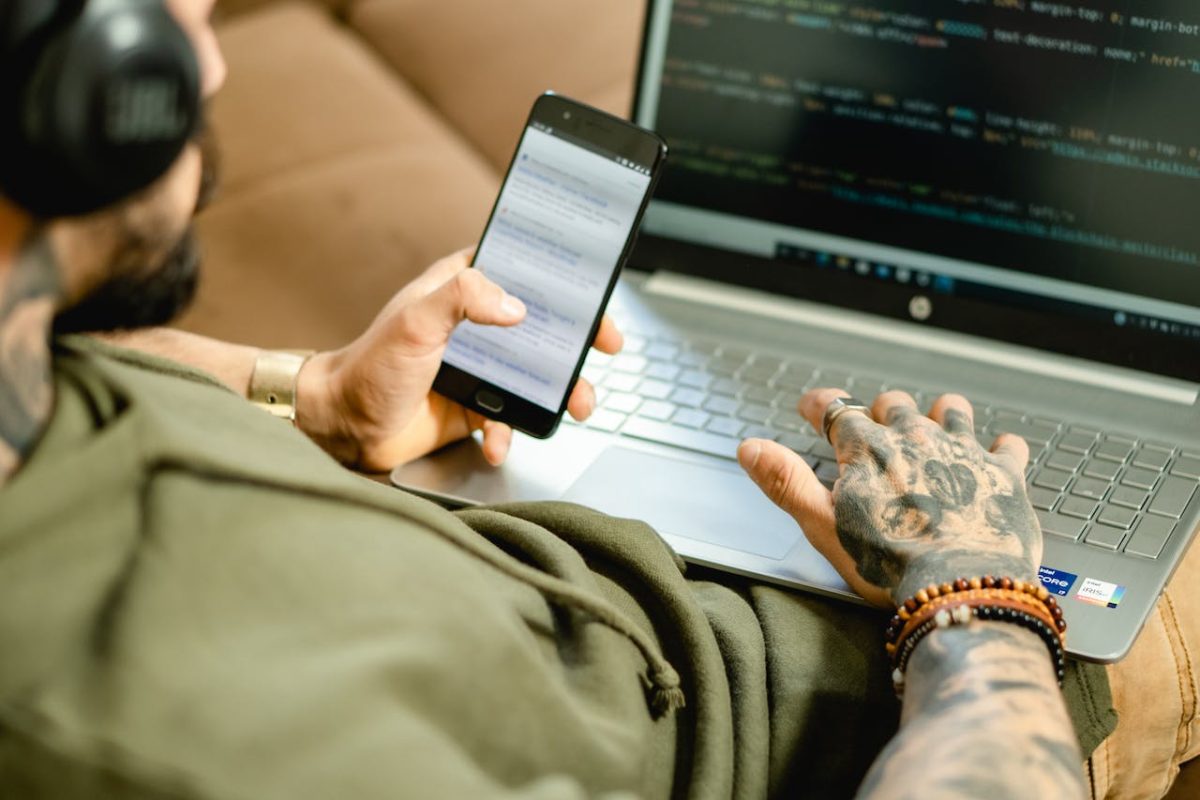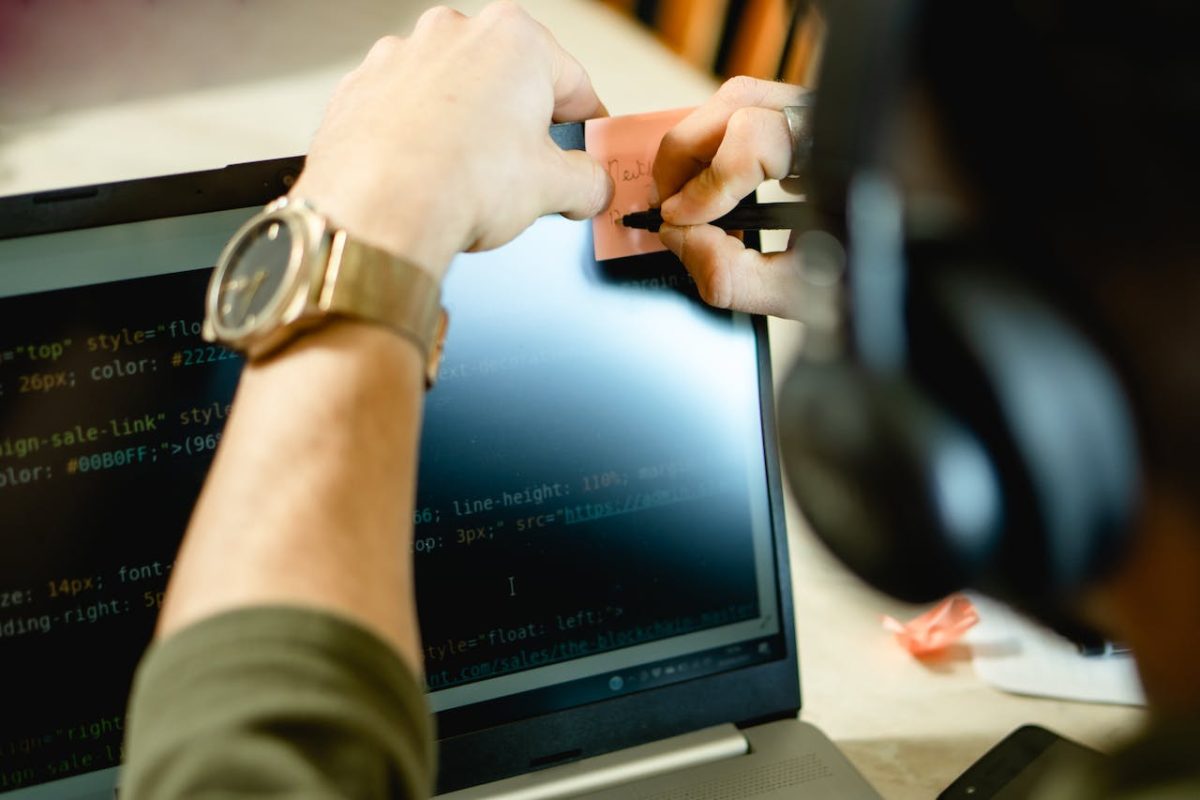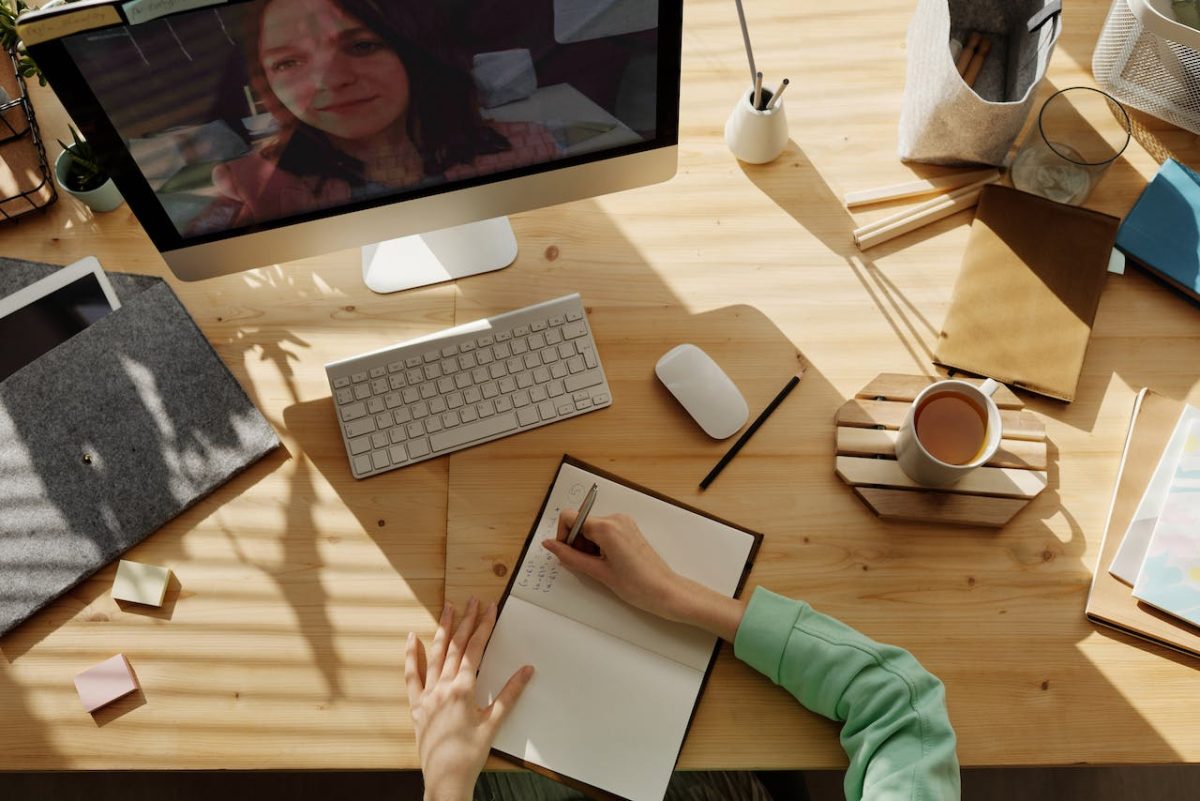Teaching a language becomes more accessible when sharing physical space with students, leveraging human interaction and body language to enhance lessons. With the advent of virtual reality (VR), Michael McDonald, today’s guest, demonstrates the ability to teach students in Norway remotely from his headquarters in Italy.
Julie: Welcome, everyone, to the XR for Learning podcast. Today, we have Michael McDonald as our guest. Originally from London and now residing in Italy, Michael shares his journey from working in HR and recruitment in the UK public sector to pursuing his passion for languages and education. Michael, welcome to the show. Could you tell us more about Gold Lotus, your work in the classroom using XR technologies, and the successes you’ve achieved in educating students through virtual reality?
Michael: Thank you, Julie, for having me. It’s a pleasure to be here and share my experiences. Gold Lotus, the consultancy I established in Italy, focuses on leveraging VR technologies, ranging from Google Cardboard to advanced Oculus headsets, to enhance language learning. The name reflects the idea that anyone can grow from challenging situations, analogous to muddy waters fostering growth. The goal is to guide students and teachers toward alternative ways of using technology for effective learning.

Julie: Absolutely fascinating. I’ve observed your innovative teaching methods through your YouTube classes, and it’s clear you’ve elevated language education to a new level. Your immersive lessons encourage students to speak more and engage deeply in learning English. How have the students responded to these lessons, especially considering the challenges of teaching in a virtual environment?
Michael: Thank you for the compliments. The engagement factor is crucial, but I’m mindful of the long-term impact on students’ lives beyond the initial excitement. It’s essential to assess how these experiences influence their language proficiency, considering the need for exams and qualifications in the physical world. I draw inspiration from projects like the Words In Motion at MIT, exploring kinesthetic aspects of language learning through VR.
Julie: Your lessons, such as teaching about Brexit and the UK transit system, showcase the potential of VR to provide contextual and practical experiences for language learners. Could you share some of the barriers you’ve encountered in implementing these VR experiences, particularly in terms of hardware accessibility?
Michael: Cost remains a significant barrier, but the decreasing prices of headsets, especially with the rise of 6DoF experiences, have made VR more accessible. Despite budget constraints, teachers can start small, gradually expanding their VR initiatives. The key is determination and resourcefulness.

Julie: Your initiatives are inspiring, Michael. Are your English classes open for students worldwide to join, and what plans do you have for expanding this educational model?
Michael: Absolutely, anyone is welcome within reason. We’re launching programs with schools in Italy and soon in the US, exploring XR elements and gathering student and teacher feedback. I’d love to involve Canada in the future. The key is using technology to address educational challenges and create opportunities for learning and teaching.
Julie: That’s incredible, Michael. Your journey and insights are invaluable for educators looking to embrace XR technologies. Thank you for being on the XR for Learning podcast. This is Julie Smith, your host, signing off. Thanks, everyone, for joining us.

